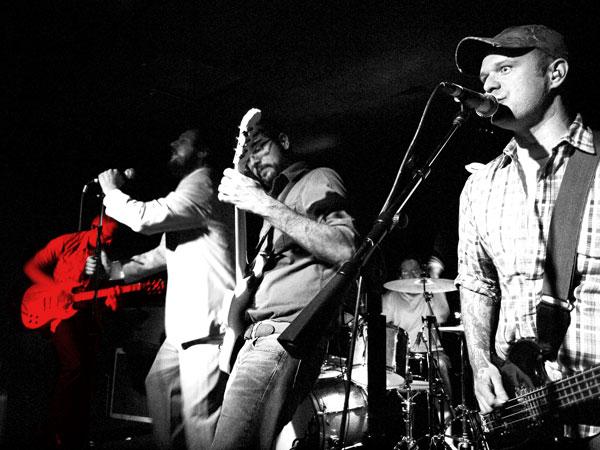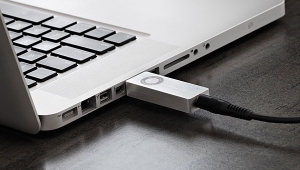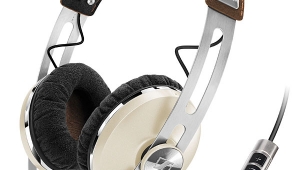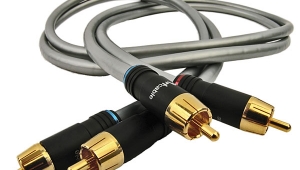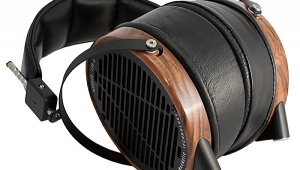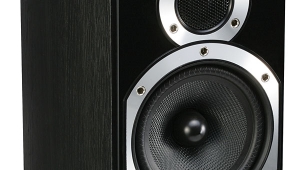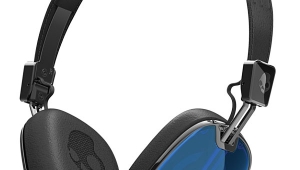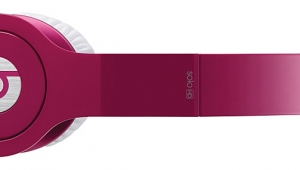| Columns Retired Columns & Blogs |
Stephen,
Have you considered reviewing the Onkyo C-7030 CD player? It's one of the few single-disc dedicated CD players on the market from a mainstream audio manufacturer, yet it comes with Wolfson DAC and a street price of about $200.00. I think it may be good competition for the NAD C 515BEE (Onkyo, at one time, was the OEM for NAD's audio components).
